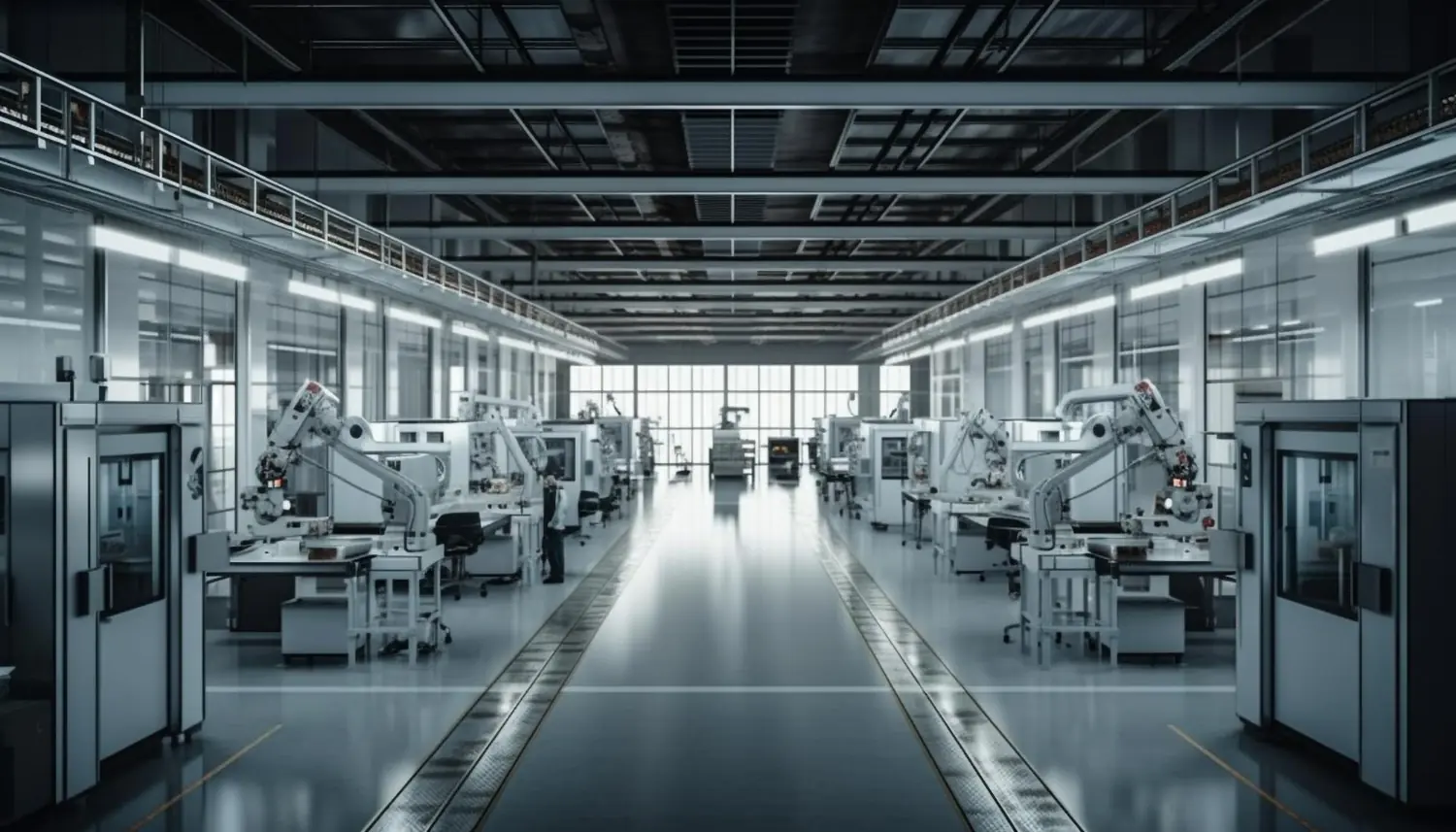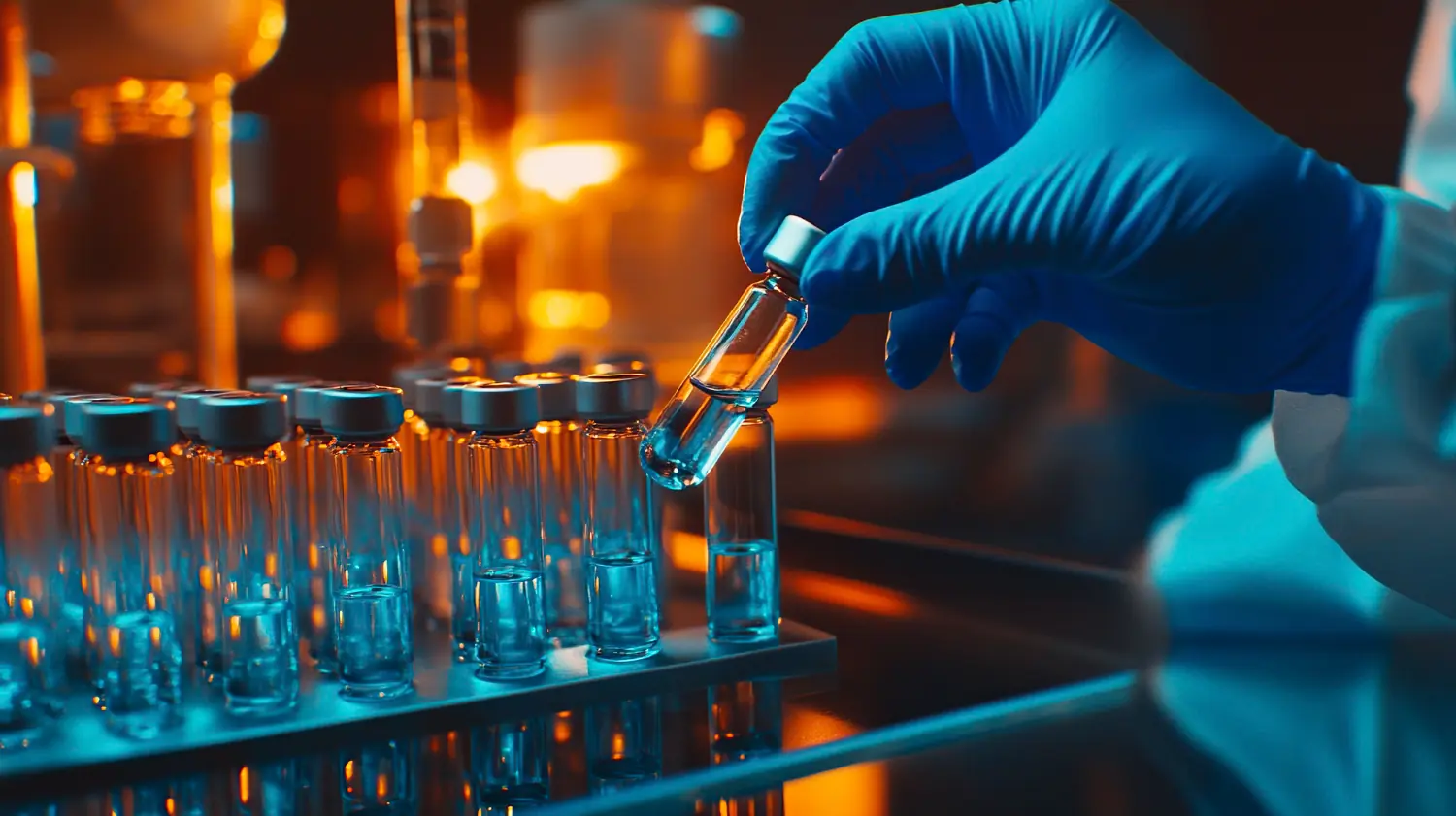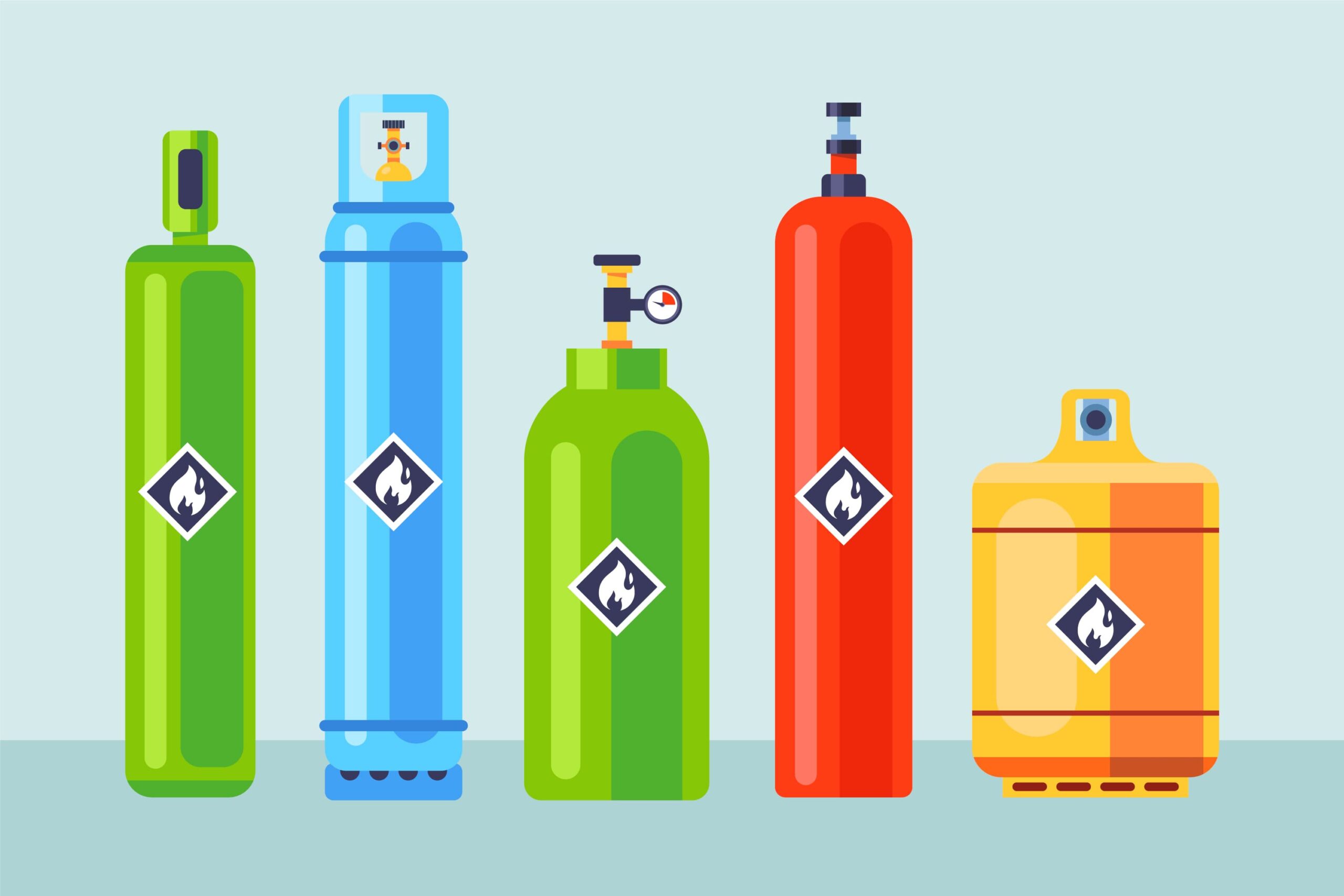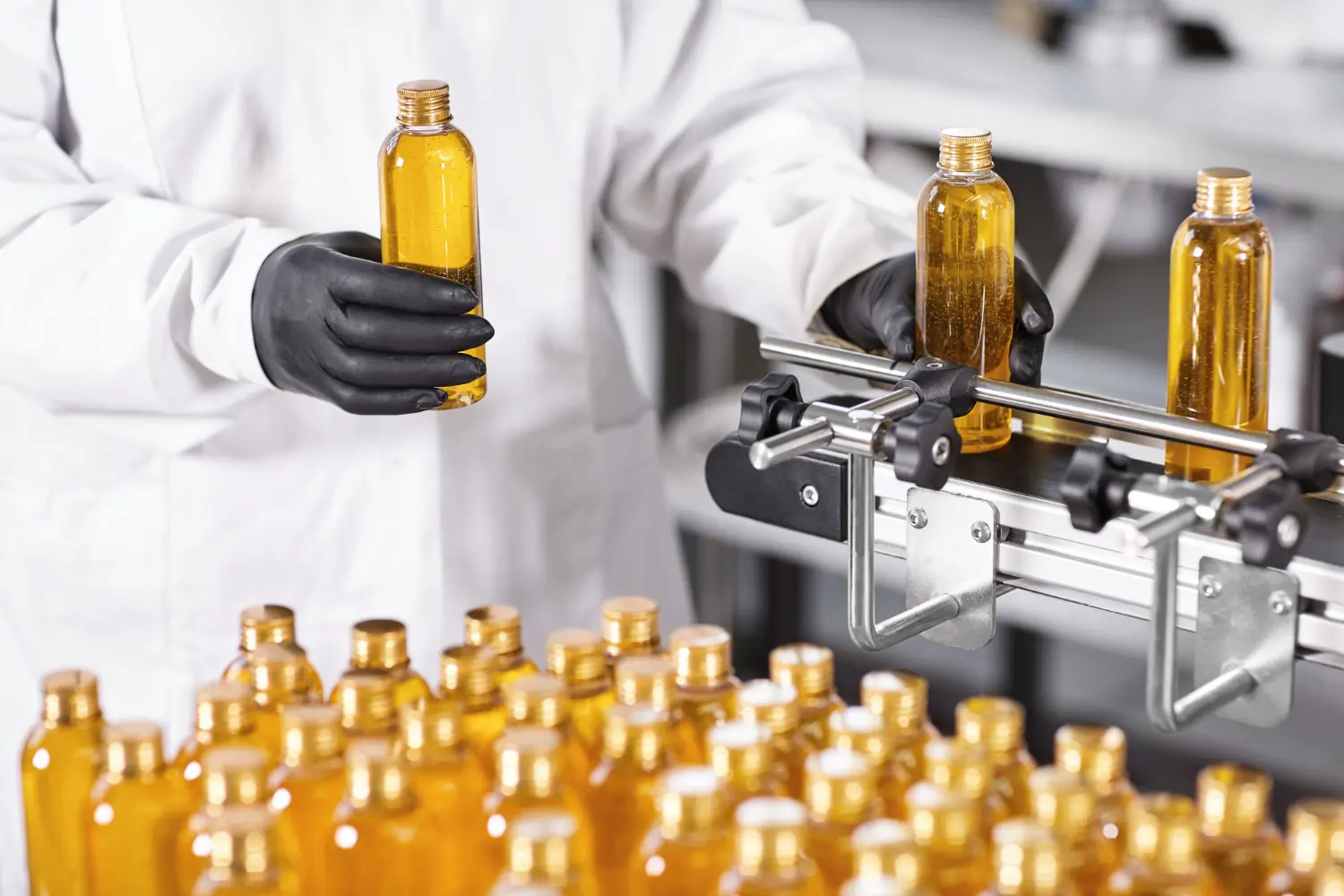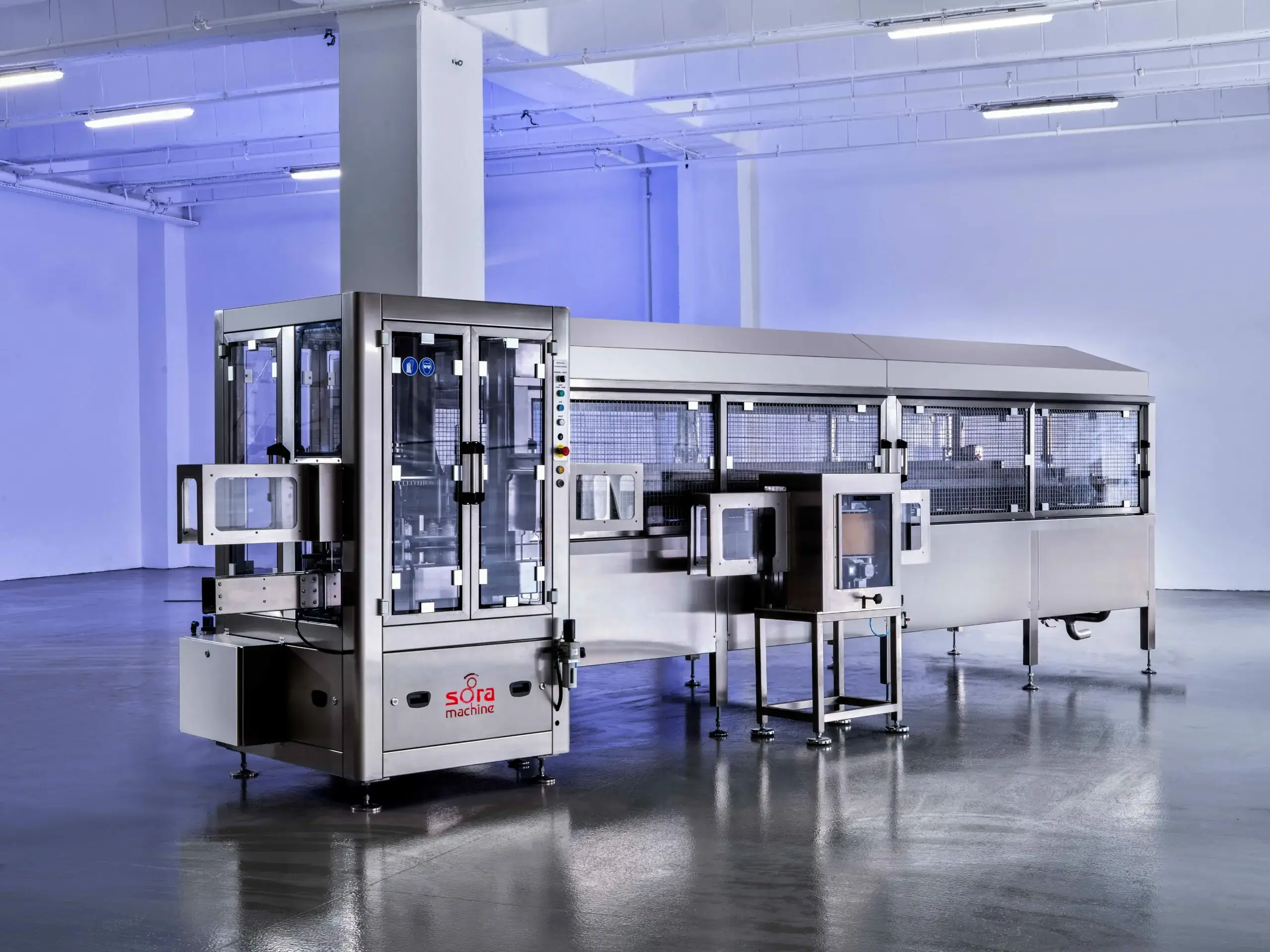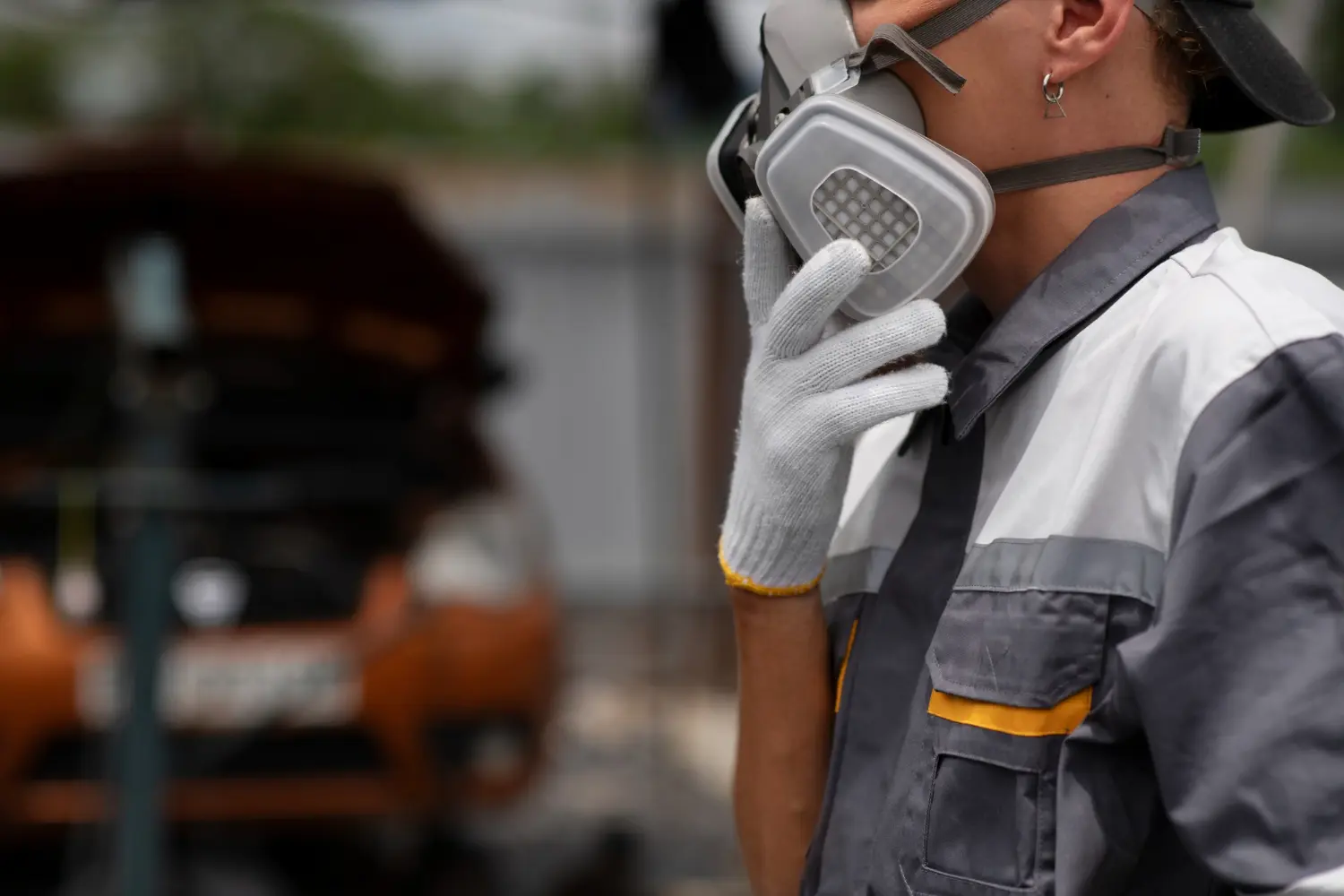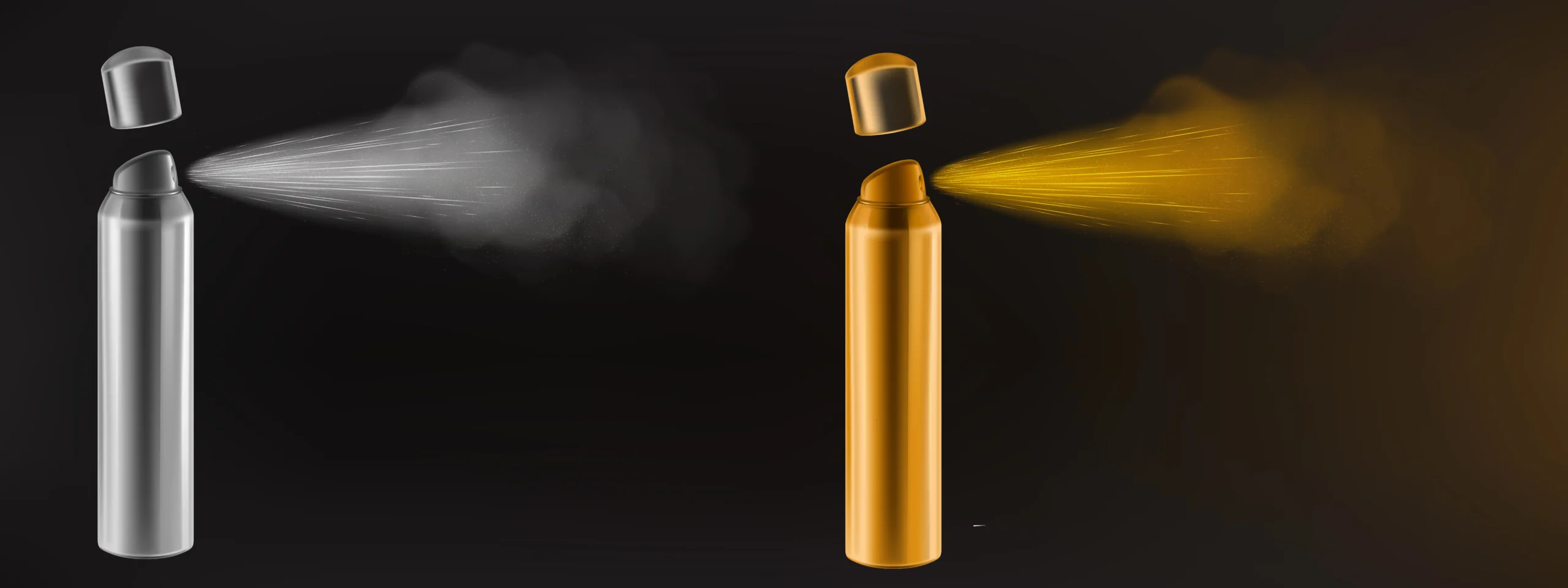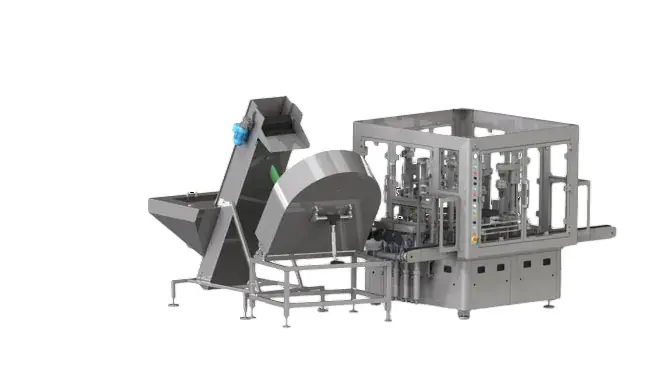In today’s fast-moving manufacturing world, ensuring every product meets safety and quality standards is more important than ever. This is especially true in aerosol can production, where even a small defect can lead to major issues like leaks, explosions, or product recalls. That’s why aerosol can damage detection has become a vital part of packaging line quality control. In this article, we’ll walk through how damaged aerosol cans are identified on the production line, the technologies used, and why it’s all so crucial.
What Are The Most Common Types Of Damage Seen in Aerosol Cans?
Let’s start by looking at the usual suspects. The most common forms of damage in aerosol cans include dents, cracks, pinholes, and improperly sealed valves. Sometimes cans are misshaped due to high pressure or during transport on the line.
Defects can happen at any stage—during filling, capping, or labeling. That’s why defect detection in production line operations needs to be sharp as a tack. Some damages are hard to see, but they can cause big problems later on, like a leak or even a can exploding on a store shelf.
Why is Damage Detection Critical in The Packaging Line?
Here’s the thing: damaged cans are not just ugly to look at—they’re dangerous. Think about it. Aerosol cans are pressurized containers filled with gas and product. If a damaged can is accidentally shipped, it could leak or burst, leading to injury, lawsuits, or brand reputation issues.
So, safety control in aerosol production isn’t just about ticking a box. It’s about protecting people and keeping the company safe from recalls or fines. That’s why packaging line quality control measures have to catch defects before the cans leave the factory.
By Which Methods Are Damaged Aerosol Cans Detected?
Now, let’s talk turkey—how are these damages actually spotted?
There are a few main damaged can detection systems in play. First off, there’s good old visual inspection. Sometimes, operators manually check for dents or leaks. But let’s be honest, that’s not super reliable when thousands of cans are flying past each hour.
Next, we’ve got automatic aerosol inspection technology. These systems use cameras, sensors, and sometimes lasers to check every can for defects. It’s fast, accurate, and doesn’t get tired like a human does.
In many plants, you’ll also find aerosol can pressure test stations. These test how much pressure a can can handle before it bursts. It’s a solid way to spot cans that look fine on the outside but are weak on the inside.
How is Damage Inspection Performed With Visual Inspection Systems?
Let’s take a closer look at visual inspection packaging line setups. These systems are often placed right after the filling or capping stations. Using high-speed cameras, they take multiple snapshots of each can from different angles. Then, software compares each image to a standard “perfect” can image.
If something looks off—a dent, discoloration, or bent valve—the system flags it. A signal is sent to the rejection unit, and the faulty can is removed from the line. Pretty slick, right?
The beauty of these systems is that they’re consistent and fast. And they don’t blink. They can spot tiny flaws even an experienced worker might miss. In today’s high-speed lines, automatic aerosol inspection technology like this is becoming the gold standard.
Is Damage Detection Possible With A Pressure Test?
Yes, and it’s actually a key method used in many facilities. A pressure test is where a can is exposed to a specific amount of internal pressure to see how it holds up. If the can bursts or deforms, it’s obviously not fit for sale.
These tests are often done on a sample basis—for example, one can per hundred or thousand might be pulled for testing. Some more advanced systems can even test each and every can as it moves down the line, using sensor-based pressure detection
This method is great for identifying hidden flaws like weak seams or microscopic pinholes. So while aerosol can pressure test equipment might not catch every dent, it’s super useful for catching deeper issues you can’t see.
How Do X-Ray And Sensor Systems Work in Rejecting Damaged Cans?
Now we’re getting into the high-tech side of things. X-ray systems are used in some advanced production lines to scan aerosol cans for internal defects—think foreign materials, structural damage, or pressure inconsistencies.
Meanwhile, sensor systems use things like infrared, ultrasonic, or laser sensors to measure can shape, weight, or temperature. If something seems off, the system triggers a rejection.
These technologies play a key role in damaged product rejection systems. As soon as a defect is detected, the faulty can is automatically pushed off the line into a separate bin for rework or disposal. This helps prevent any mix-up that might allow a bad can to reach the customer.
What is The Difference Between Manual Inspection Process And Automatic Inspection?
Manual inspection relies on human eyes and hands. Workers stand by the line, pick up cans, turn them around, and look for issues. It can work well in small-scale operations. But in big factories, where speed is key, it’s not practical.
Automatic inspection, on the other hand, uses machines. It’s faster, more consistent, and doesn’t suffer from fatigue or distraction. Plus, it can run 24/7 without slowing down.
Now, that doesn’t mean human workers are out of the picture. Most lines use a mix of both. But when it comes to production line error detection methods, automation is where things are headed.
How Are Detected Damaged Cans Separated From The Production Process?
This part is crucial. Once a can is flagged by a detection system, it has to be physically removed from the production flow. This is done with damaged product rejection systems—these can be push arms, air jets, or diverter belts.
The goal is to quickly and cleanly separate bad cans without interrupting the rest of the line. Some systems also log each rejected can’s data, which helps identify patterns or recurring issues in the process.
It’s not just about removing the bad apples—it’s about learning from them to prevent future problems.
What Risks Arise If The Shipment Of Damaged Cans is Not Prevented?
Let’s paint a picture. Imagine a dented can goes unnoticed and gets shipped. It leaks in transit. By the time it hits store shelves, the label’s smudged, the product’s gone, or worse, the can bursts.
That’s a disaster waiting to happen.
The risks include injury to consumers, product returns, lawsuits, damaged brand trust, and even regulatory fines. Not to mention the cost of a recall. So yeah, skipping out on aerosol can damage detection just isn’t worth it.
Which Technologies Should Be Used To Improve The Detection Process?
If you’re looking to upgrade your system, here’s what you should consider:
- High-speed camera systems for 360-degree visual inspection
- Pressure testing equipment with automated readouts
- X-ray detection for internal structural checks
- Smart sensors for weight, shape, and seal verification
- Data analytics software to track trends in rejection
Combining these technologies into a cohesive automatic aerosol inspection technology setup is the best way to ensure quality. Also, don’t forget regular maintenance and calibration.
In conclusion, aerosol can damage detection is a must for any manufacturer who values safety, quality, and brand trust. With the right mix of defect detection in production line systems and smart processes, companies can catch problems early, avoid disasters, and keep customers happy.
Because when it comes to aerosol products, it’s better to be safe than sorry. Always.
You can also take a look at our article on what exactly is leak testing and what is its purpose?.
